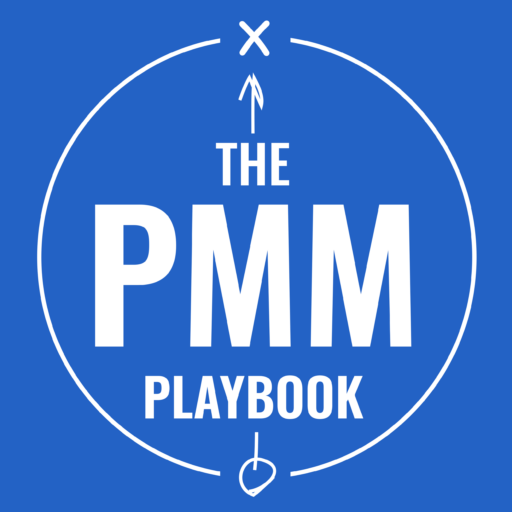As a Product Marketing Manager (PMM), it’s highly unlikely that you will lead product development directly. Your role will involve influencing product development by providing feedback and input at the various stages of the product development process, so understanding this process is key to the success of your product’s go-to-market (GTM) strategy. Your responsibility extends beyond merely marketing a product; it encompasses a deep comprehension of how that product is brought to life. From the initial concept to the final launch, each step profoundly influences the success of your GTM strategy.
In this blog post, we’ll look into the stages of product development. I’ll guide you through each phase, pinpointing where PMMs like you can—and indeed should—engage actively. Whether aligning sales and marketing timelines with product development milestones or ensuring customer insights are incorporated into product design, your involvement is pivotal.
Let’s take a look at a typical product development framework. We’ll break down the stages and discuss how a PMM can add significant value at each point, ensuring that when it comes time to launch, the product is market-ready and strongly resonates with your target audience.

Stages of a General Product Development Framework
- Concept/Ideation Phase:
- Overview: This initial stage is about brainstorming and generating innovative ideas for a new product. It focuses on creativity and problem-solving.
- PMM Involvement: Even at this early stage, PMMs provide valuable insights into market trends, customer needs, and the competitive landscape. Your input can crucially shape the product concept to align with market opportunities.
- Market Research and Validation:
- Overview: Research is conducted to validate the product idea against market demands and competition, ensuring a viable market for the proposed solution.
- PMM Involvement: PMMs take the lead in conducting thorough market research, engaging with potential customers, and refining the product concept based on the feedback received.
- Planning and Roadmapping:
- Overview: Detailed planning outlines the product’s vision, strategy, and timeline, setting a roadmap for development and launch.
- PMM Involvement: PMMs collaborate closely with product managers to develop a roadmap and strategy that align with market needs and overarching business goals.
- Product Design and Development:
- Overview: This phase involves designing the UX/UI and developing the product according to specifications.
- PMM Involvement: While primarily driven by product management and engineering, PMMs provide ongoing market insights, assist with feature prioritization, and prepare for eventual product positioning.
- Prototype and MVP (Minimum Viable Product):
- Overview: A prototype or MVP representing the product’s core functionality allows for initial testing and feedback without full-scale development.
- PMM Involvement: PMMs play a crucial role in testing the prototype or MVP with early customers, gathering feedback, and refining the value proposition.
- Beta Testing and Feedback Incorporation:
- Overview: The product is tested in a real-world environment by a select group of users whose feedback is used for improvements.
- PMM Involvement: PMMs are integral in beta testing, collecting and analyzing customer feedback, and preparing case studies or testimonials.
- Final Product Development and Iteration:
- Overview: Based on beta testing feedback, the product undergoes final development tweaks, including refining features and enhancing usability.
- PMM Involvement: PMMs continue incorporating feedback from beta tests to refine the product and begin planning the GTM strategy.
- Pre-Launch Preparations:
- Overview: Final preparations for the product launch include planning marketing strategies and preparing distribution channels.
- PMM Involvement: This is a critical phase for PMMs, who develop and refine the GTM strategy, create marketing materials, plan launch events, and coordinate with sales and PR teams.
- Product Launch:
- Overview: The product is officially launched and introduced to the market, supported by robust marketing efforts to generate awareness and drive sales.
- PMM Involvement: PMMs spearhead the GTM launch, managing launch events and overseeing initial post-launch marketing activities.
- Post-Launch and Ongoing Marketing:
- Overview: The focus shifts to growing the user base, retaining customers, and implementing ongoing marketing strategies to support the product lifecycle.
- PMM Involvement: After the launch, PMMs manage ongoing marketing campaigns, gather additional customer feedback, and contribute to future product updates based on market dynamics.
The specifics of this timeline and the extent of PMM involvement can vary based on factors like product complexity, company size, and industry context. However, typically, PMMs are involved throughout the product development process, with their role intensifying as the product nears and surpasses the launch phase.
If you’re interested in learning more about the product development process and a PMM’s role in this phase of the Go-To-Market, you can learn more in the “Aligning GTM and Product Development” module of the PMM Playbook e-learning course.

